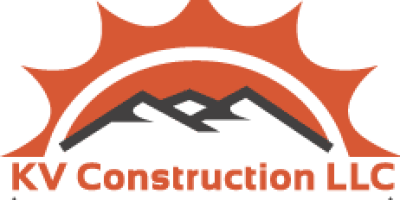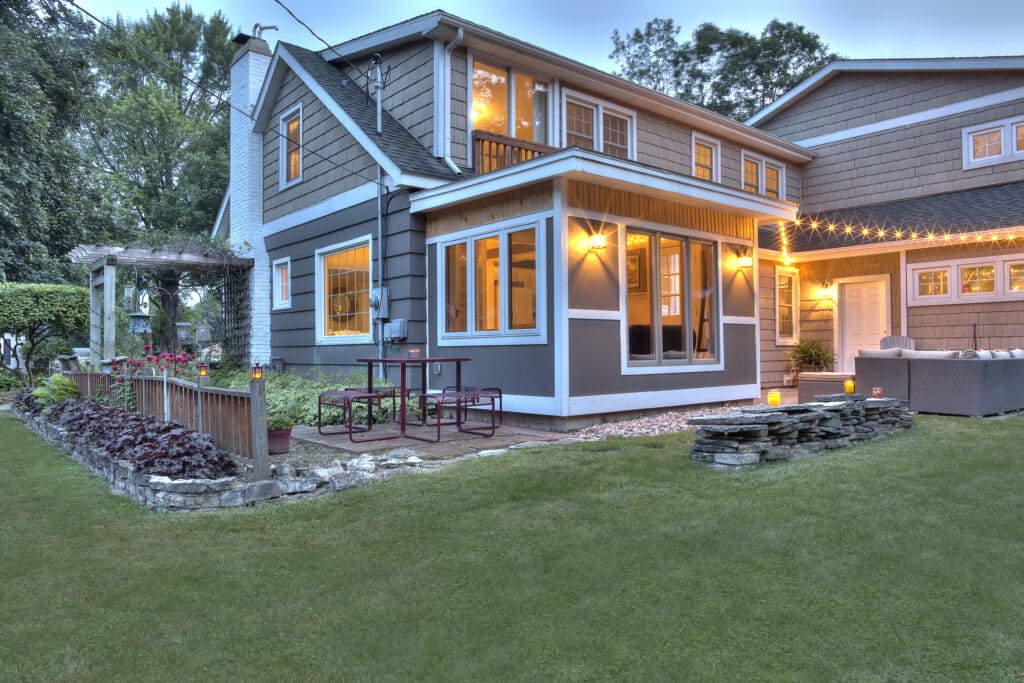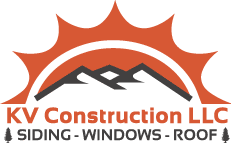The building envelope is a crucial component of any home. It serves as the protective shield, ensuring the interior remains comfortable and safe from external elements. When designed and maintained correctly, the building envelope not only safeguards the home from potential damages but also enhances its energy efficiency and overall longevity.
The Essence of a Building Envelope
The building envelope encompasses all exterior elements of a home that work collectively to maintain a dry, heated, or cooled indoor environment. It’s a blend of architectural and engineering practices that touch upon every facet of home construction.
Key Functions of the Building Envelope
- Dynamic Structural Load Support: It provides the necessary support to withstand various external pressures and stresses.
- Flow Control: It manages the flow of rain, air, heat, and vapor, ensuring a balanced internal environment.
- Aesthetic Appeal: While functionality is paramount, the building envelope also contributes to the desired aesthetics of the home.
Delving into Water and Vapor Control
Water control is fundamental to the integrity of any building envelope. There are multiple strategies employed to achieve this, including barriers, drain screens, and water storage systems.
Roofing: The First Line of Defense
Roofs primarily serve to resist water. There are two prevalent styles:
- Flat Roofs: These have a slope of up to 15° and are designed to endure standing water.
- Pitched Roofs: These are designed to shed water but are not resistant to standing water, which can arise due to wind-driven rain or ice damming in gutters.
It’s essential to note that walls, while not as susceptible to leaks as roofs, can still allow water ingress if not designed or constructed correctly. In regions like the Pacific Northwest, larger eaves and drip edges are crucial to prevent water from directly impacting the exterior wall siding.
The Importance of Airflow Control
Controlling airflow is vital for several reasons:
- Indoor Air Quality: Ensuring a continuous flow of fresh air.
- Energy Consumption: Efficient airflow reduces energy costs.
- Durability: Proper ventilation prevents condensation, enhancing the longevity of the building materials.
- Comfort: Maintaining a consistent internal temperature for the comfort of the inhabitants.
Unique Challenges in Different Climates
Every region presents its own set of challenges. For instance, the Pacific Northwest, known for its cold, wet winters and hot, dry summers, poses unique challenges for building envelopes. However, with modern building technology, it’s possible to construct homes that are not only energy-efficient but also eco-friendly.
Entrusting Your Home’s Exterior to Experts
At KV Construction LLC, we pride ourselves on our expertise in all aspects of the exterior building envelope. Whether it’s addressing a roof issue, tackling dry rot, or ensuring your siding is up to par, our team is equipped to provide solutions that are not just on par but exceed the original standards.
If you ever suspect that your home’s building envelope might be compromised, remember that KV Construction LLC is just a call away. As one of the leading siding contractors in Seattle, we are committed to ensuring your home remains a safe haven, no matter the external conditions.
In Conclusion
Your home’s building envelope is more than just a protective barrier. It’s a testament to the quality of construction, the thought put into its design, and the care with which it’s maintained. By understanding its intricacies and ensuring it’s in top condition, you’re not just protecting your investment but also enhancing the quality of life for everyone within.


